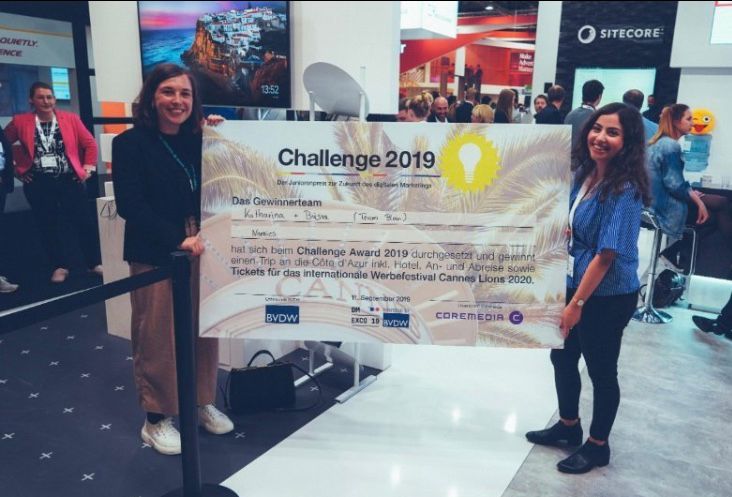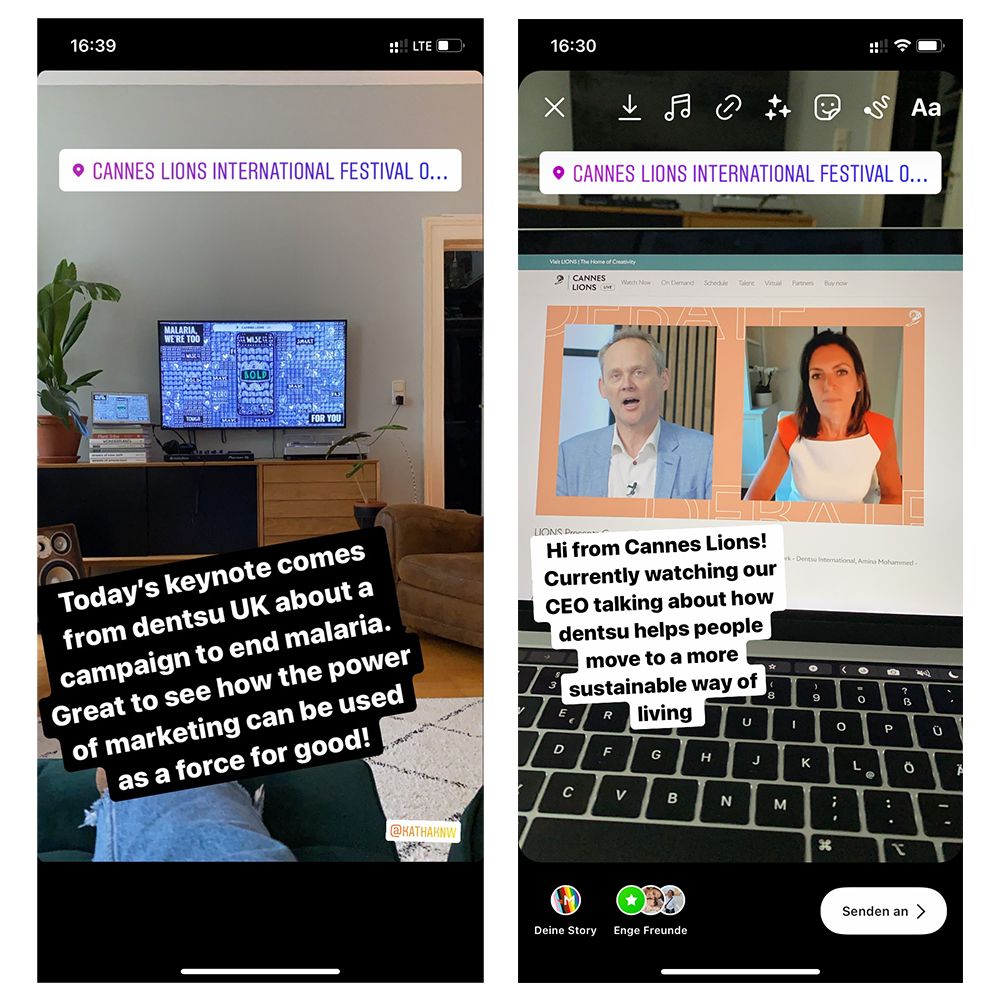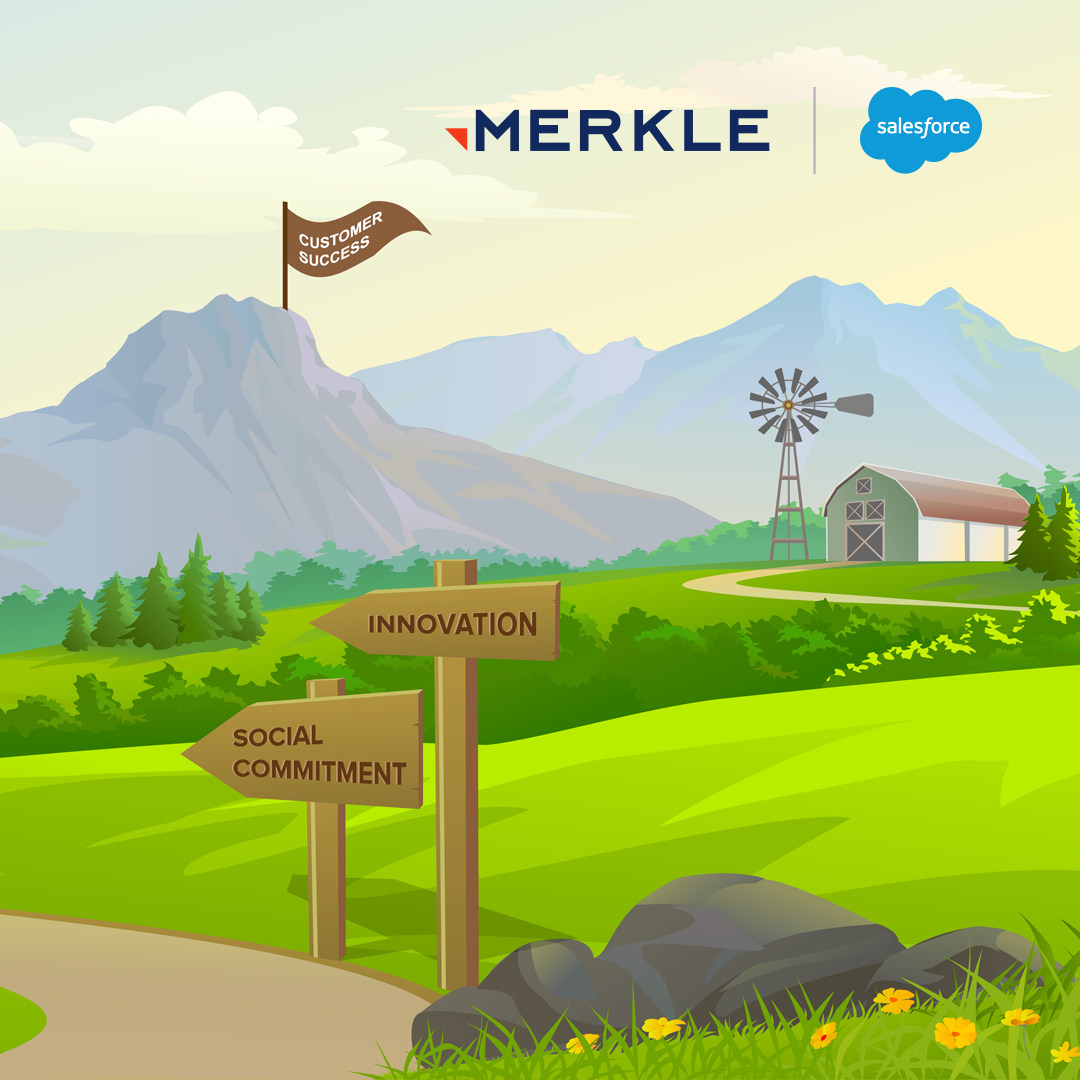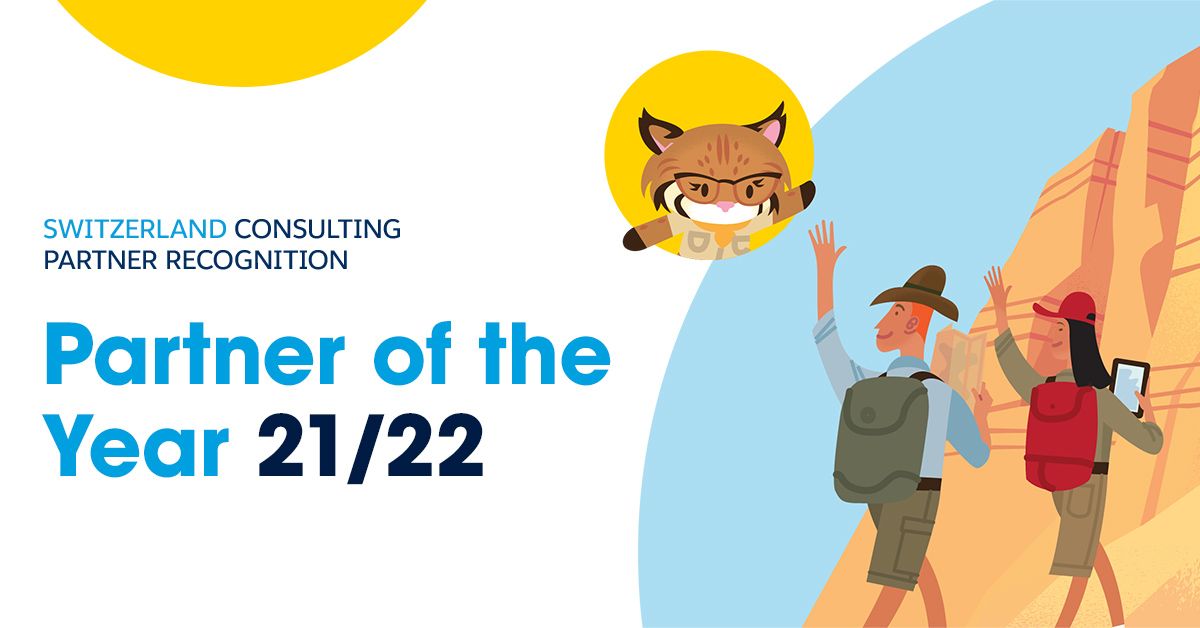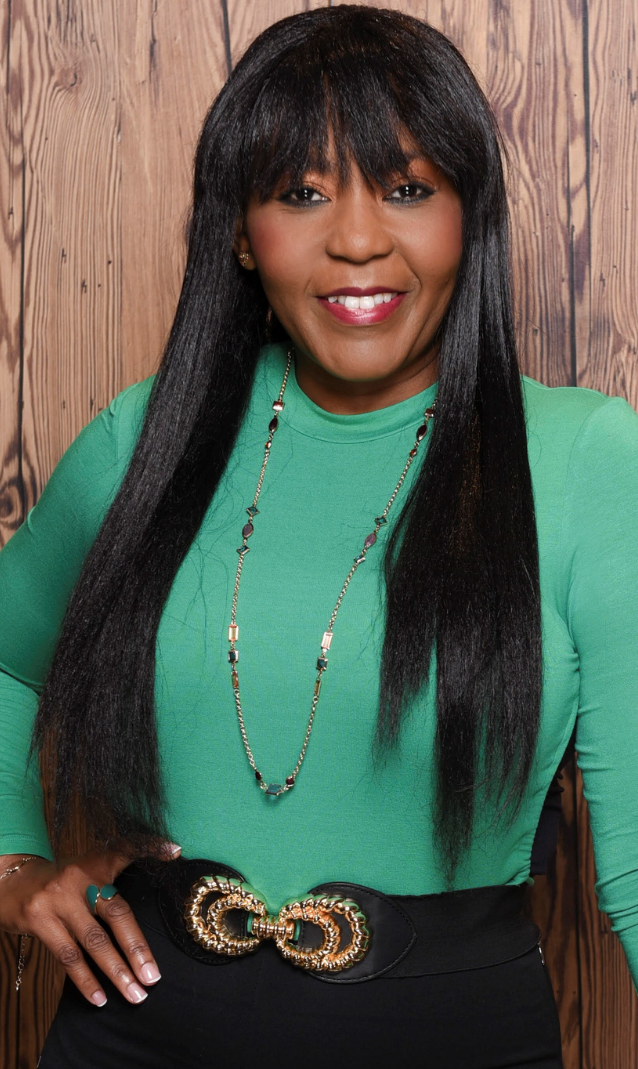We’ve all experienced the past 15 months as a consumer and have seen the impact of Covid-19 on how we live our lives, how we work, how we connect with people, how we buy and consume goods. Almost all of our habits have evolved in this time. While we are all excited that things are opening up again, Pinterest research shows that many of us don’t want to just go back but take our new habits with us.
Consumers’ expectations in the future will be that brands deliver uber personalised products, services and experiences that are contextually relevant. People will buy online and offline from now on and the expectation is going to be raised on both channels. The competition for the best customer experience is no longer limited to the brands within the industry but includes all services the consumers come across. And the lines between B2C and B2B start to blur, too. Moreover, smoothing the path to purchase and removing friction will become more and more challenging as every device will be connected and usable for marketing and commerce in the future.
The key themes for brands will be to make the lives of the consumers as easy as possible and help them in prioritizing their family and friends, offer moments of joy with shoppertainment on new platforms and sales channels and ramping up for the metaverse with digital realms and an emerging digital-to-avatar economy.
